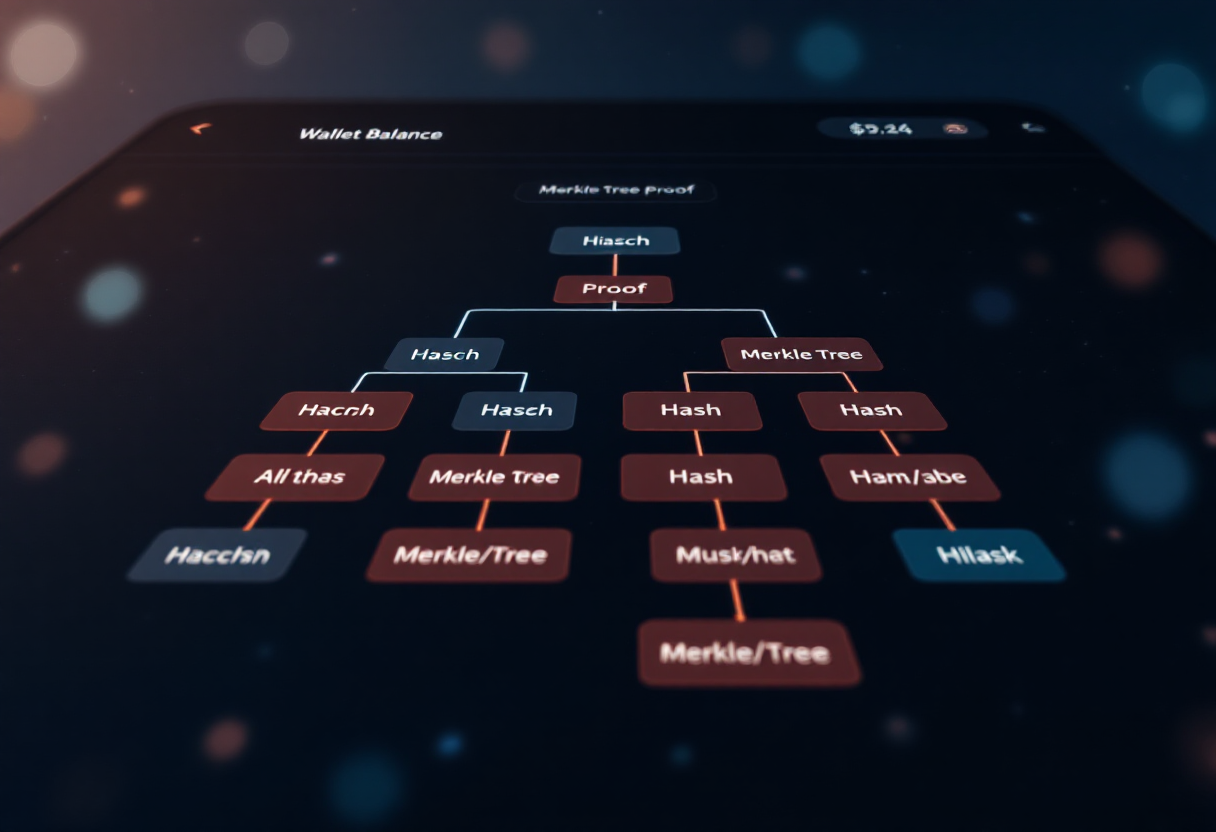
LeveX是一家注重安全的加密货币交易所,通过透明的 custody 设计、实时监控、第三方审计和隔离保证金引擎等措施保障用户资产安全。其公开的 Merkle 树快照、持续渗透测试及快速漏洞赏金响应机制确保了平台的可信度与稳定性。 2025-7-11 14:2:28 Author: hackernoon.com(查看原文) 阅读量:6 收藏
In crypto, a single hidden liability or opaque wallet transfer can wipe out years of brand equity overnight. That’s why LeveX treats security as an engineering discipline-—not a check-the-box talking point. From proof-of-reserves snapshots to margin isolation, the exchange’s architecture produces something traders can verify in real time: evidence, not assurances.
Plenty of platforms tout cold wallets and bug bounties; LeveX combines those staples with an openly documented, continuously audited stack that developers, quant desks, and compliance teams can inspect at will.
Custody Design That Favors Transparency
LeveX keeps user assets in two distinct storage zones:
Cold Vaults
- Location & access Offline HSMs stored in multiple jurisdictions under multi-signer protocols
- Purpose Long-term custody of deposits and the insurance fund.
- Visibility Public wallet addresses let anyone track balances on-chain.
Warm Pools
- Location & access Firewall-isolated signer clusters connected to withdrawal engines.
- Purpose Supply same-day liquidity without exposing the cold vaults.
- Visibility A live dashboard shows hot-wallet balances and the ratio of warm funds to trailing 24-hour withdrawal demand.
Every 12 hours, LeveX publishes a Merkle-tree snapshot of liabilities next to wallet balances. Users can hash their own account data to prove inclusion; an external auditor reruns the procedure monthly and releases a checksum-matched report.
Internal Risk Controls
Isolated Margin Engine Each trade has its own collateral pocket and liquidation line, so one mis-timed position can’t cascade into total account loss.
Dynamic Exposure Caps On low-liquidity pairs, leverage and size throttle automatically; caps appear before order confirmation, limiting slippage spikes and flash-crash dominoes.
Continuous Pen-Testing & Bug Bounties White-box and black-box tests rotate every sprint. Critical disclosures are paid in USDT within 48 hours, and findings feed an open Jira board visible to product leads
Observable Operations
Real-Time Status Dashboard Uptime, withdrawal latency, and warm-wallet fill levels update every 30 seconds. If a subsystem dips below SLA, traders see an orange “Investigating” flag before rumors can circulate.
Incident Retrospectives Any anomaly triggers a public root-cause report cataloging timestamps, affected components, remediation steps, and prevention changes.
Third-Party Analytics Hooks Beginning Q3 2025, on-chain-intel firms will plug directly into LeveX wallets, giving power users independent monitoring overlays.
Leadership Philosophy—Evidence Over Hype
Harvey Liu, LeveX’s co-founder and CEO, spent years funding Web3 infrastructure before building his own exchange. That vantage point convinced him that solvency proofs and attack-surface metrics would soon matter more than token listings or celebrity sponsorships. Product sprints don’t close until engineers can answer two questions: How can a user verify this works? and How fast can security teams trace abuse? If answers aren’t repeatable, the feature waits.
Independent Eyes on the Code
LeveX hires Halborn for quarterly network and application penetration tests and Trail of Bits for deep reviews of smart-wallet and risk-engine code. Redacted summaries live in the Trust Center for anyone to download.
Why Developers and Quant Desks Care
For algorithmic traders, consistency is king. LeveX’s well-documented API endpoints provide stable latency profiles and deterministic order-matching rules, letting quants model slippage with confidence that live performance will match back-tests.
Institutional treasuries gain liability transparency: twice-daily Merkle snapshots let finance teams hash their own account leaves and reconcile balances within minutes, streamlining post-trade risk checks.
Compliance officers get plug-and-play audit hooks that pull reserve proofs, incident logs, and uptime metrics straight into governance dashboards, trimming hours—sometimes days—from monthly reporting cycles.
Security Metrics That Stay Public
LeveX publishes four live indicators to prove its safeguards deliver real-world reliability:
- Platform uptime averages 99.94 percent, beating the 99.9 percent SLA.
- Warm-wallet balances sit at 120 percent or more of rolling daily withdrawals.
- Bug-bounty response time averages 44 hours, under the 48-hour target.
- Eighty-three percent of monthly active users open at least one proof-of-reserves report, showing transparency tools are used, not ignored.
Because these numbers update continuously—rather than appearing in occasional marketing decks—traders can validate LeveX’s health without waiting for quarterly press releases.
The Bottom Line
Security theatre ended the day traders learned to run sha256sum on a Merkle leaf. Exchanges that can’t expose verifiable data will struggle to retain informed capital. By pairing open custody design with margin isolation, third-party audits, and a culture of immediate disclosure, LeveX demonstrates what a secure crypto platform looks like in 2025.
When code is law and math is trust, LeveX supplies both—on-chain, on-demand, and open for inspection.
Experience verifiable security at levex.com and judge for yourself.
如有侵权请联系:admin#unsafe.sh